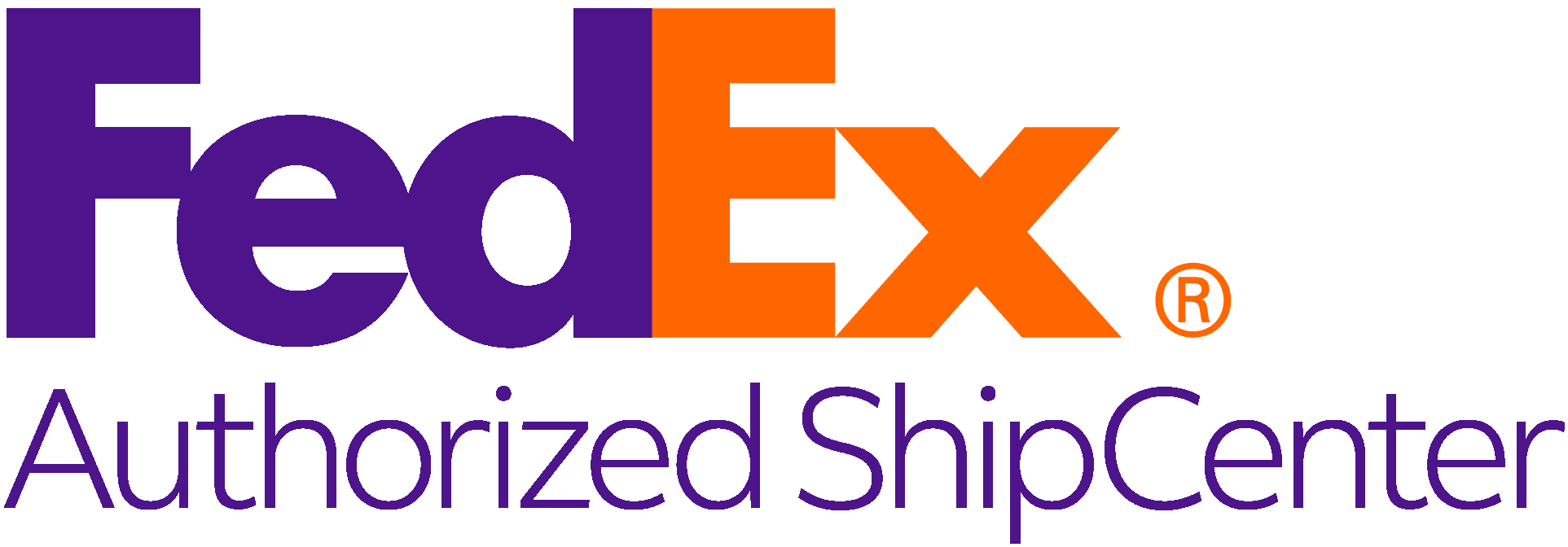Blueprint Production: The 8 Key Steps and Potential Pitfalls
In the world of architecture and engineering, the accuracy and clarity of printed blueprints are paramount. Whether for construction sites, client presentations, or archival purposes, wide-format blueprints and engineering plans must be produced with precision and efficiency. As a print specialist serving architects and engineers, it is crucial to understand the essential steps and common pitfalls involved in printing these technical documents. This guide will explore the necessary equipment, print quality considerations, paper substrates, black-and-white vs. color printing, binding, laminating, and the logistics of delivery to both offices and field sites.
1. Understanding the Required Equipment
Wide-format blueprint printing requires specialized equipment capable of handling large-scale documents with fine detail. Investing in high-quality printers and plotters is the foundation of accurate blueprint production.
- Wide-Format Printers & Plotters: Inkjet and LED (laser) printers are the primary choices. Inkjet printers are ideal for high-quality color prints, while LED printers excel in speed and efficiency for black-and-white technical drawings.
- Scanners & Copiers: High-resolution scanners are necessary for digitizing plans and making modifications before printing. Engineering copiers allow for quick reproductions.
- Software & File Handling: Ensure compatibility with industry-standard file formats such as PDF, DWG, and TIFF. Proper software integration prevents scaling and resolution errors.
2. Ensuring Print Quality
Precision in print quality is crucial, as even the smallest inaccuracies can result in costly errors on a project. Several factors affect print clarity:
- Resolution & DPI: Blueprints should be printed at a minimum of 300 DPI to maintain line sharpness and text legibility.
- Ink & Toner Considerations: Using high-quality, smudge-resistant ink or toner prevents fading and ensures long-term readability.
- Calibration & Maintenance: Regular printer maintenance, including print head alignment and software updates, reduces the risk of distorted or misaligned prints.
3. Choosing the Right Paper Substrate
Selecting the appropriate paper is essential to balance durability, cost, and readability. Some common options include:
- Bond Paper (20-24 lb.): Standard for engineering plans due to its affordability and suitability for monochrome and light color printing.
- Vellum: Offers a durable and translucent surface, often used when revisions or overlays are needed.
- Mylar (Polyester Film): Ideal for long-term storage and archival purposes due to its resistance to tearing and environmental conditions.
- Water-Resistant Paper: Useful for construction sites where blueprints may be exposed to rain or other harsh conditions.
4. Black & White vs. Color Printing
While traditional engineering plans are printed in black and white, color printing is becoming more prevalent for enhanced communication and visualization.
- Black & White: Best for cost-effective printing of line drawings and construction plans where color is unnecessary.
- Color: Useful for highlighting key details, such as electrical layouts, plumbing schematics, and topographic maps. Color coding enhances readability and reduces interpretation errors on-site.
- Cost Considerations: Color printing is more expensive, so it is essential to strategically determine which pages or sections need color.
5. Binding & Finishing Options
Proper binding ensures blueprints are easy to handle and transport. Common methods include:
- Stapled Sets: Simple and cost-effective for small sets.
- Binding Strips & Tape Binding: Keeps sheets secure and allows for easy page flipping.
- Rolls: Preferred for large format blueprints that need to be transported or stored compactly.
- 3-Ring or Post Bindings: Ideal for presentations or archival purposes.
6. Laminating for Durability
Laminating blueprints adds durability, especially for use in the field. Options include:
- Encapsulation: Fully seals the document in plastic, protecting it from moisture and tears.
- Spray or Liquid Lamination: Adds a protective coating without adding bulk, useful for large blueprint sheets that need flexibility.
- Weatherproofing: Some laminates include UV protection to prevent fading from sun exposure.
7. Logistics: Delivering to Offices and Field Work Sites
Blueprints must be delivered efficiently to ensure project timelines remain intact.
- Office Deliveries: Plans should be delivered in organized sets with clear labels for quick reference.
- Field Deliveries: Consider weather-resistant packaging and options like flat packaging or rolls, depending on site needs.
- Digital & Print Integration: Many firms prefer hybrid solutions, receiving digital files alongside printed copies for maximum flexibility.
8. The Role of Print Specialists in Producing High-Quality Blueprints
As a print specialist, providing architects and engineers with exceptional service goes beyond printing. Expertise in file preparation, troubleshooting print issues, and offering tailored solutions ensures customer satisfaction.
- File Checks: Verify scaling, margins, and resolution before printing.
- Consultation on Materials: Help clients choose the best paper and finishing options for their needs.
- Quality Control: Implement checks to prevent errors before finalizing prints.
- Efficient Turnaround: Meet tight deadlines with streamlined workflows and advanced scheduling.
Conclusion
Producing wide-format blueprints and engineering plans requires a deep understanding of equipment, materials, and logistics. By mastering each step—from choosing the right printer and paper to ensuring proper delivery and finishing—print specialists can offer architects and engineers high-quality, affordable, and durable prints. Avoiding common errors such as improper scaling, low-resolution prints, and incorrect binding methods ensures that blueprints are accurate, professional, and easy to use in both offices and field environments.
With the right expertise and attention to detail, print specialists play a crucial role in the success of architectural and engineering projects, providing the essential documentation that brings designs to life.





